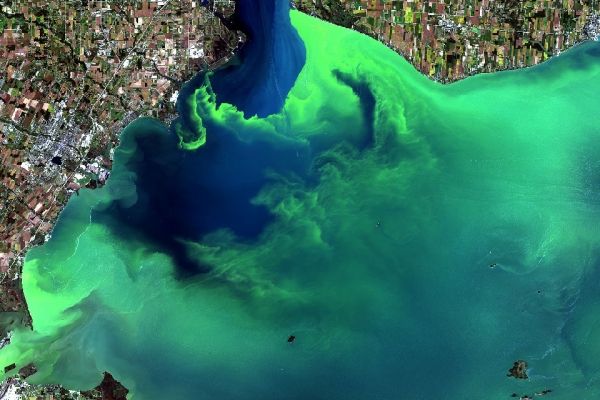Harmful algal blooms — often referred to as HABs for short — occur when algae produce toxic or harmful effects on people, fish, shellfish, marine mammals, birds, or other aquatic organisms. Blooms occur in marine and freshwater environments throughout the world, with damaging ecological, social, and economic effects. So why can’t we clean up the algae and take care of this problem? Unfortunately, the answer is not so simple. Harmful algal blooms are a natural process. There are records of HABs from early European colonists arriving to Florida in the 1500s. However, research points to an increase in the frequency and intensity of algal blooms in modern times due to environmental changes caused by humans.
There are many examples of human activities that contribute to HABs: runoff from agriculture, dissolved chemicals introduced into water supplies via rainfall or irrigation, and effluent from sewage treatment plants all contribute to excess amounts of nutrients in our waterways. These nutrients are food for algae. In housing developments, for example, retention ponds are a common place to see freshwater HABs. All this runoff ends up in the water system, eventually making its way to the ocean.
Continue reading at NOAA Ocean Service
Image via NOAA Ocean Service


